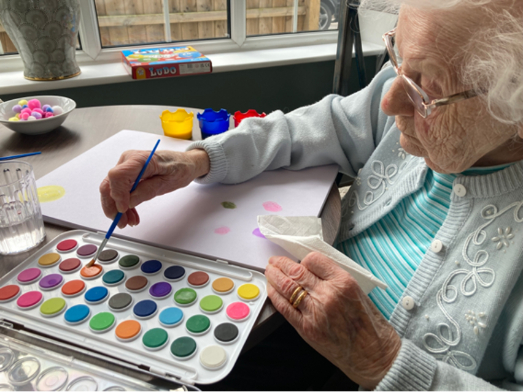The Benefits of Pet Therapy in Care Homes

What is Pet Therapy?
Pet therapy, sometimes called animal-assisted therapy, is when residents spend structured time with animals as part of their daily care. It is not a replacement for medical treatment, but a complementary approach that supports wellbeing and brings comfort. Care homes across the UK often welcome a variety of animals, from dogs and cats to rabbits, guinea pigs, birds and even miniature ponies. Each visit has the potential to spark joy, reduce stress and improve overall health.
Why Pets Make Such a Difference
Animals have an incredible ability to connect with people on an emotional level. Stroking a cat, walking a dog or simply watching fish in an aquarium can instantly provide calm and happiness. For older adults, especially those living with dementia or experiencing loneliness, these interactions can bring back positive memories, improve mood and encourage gentle activity.
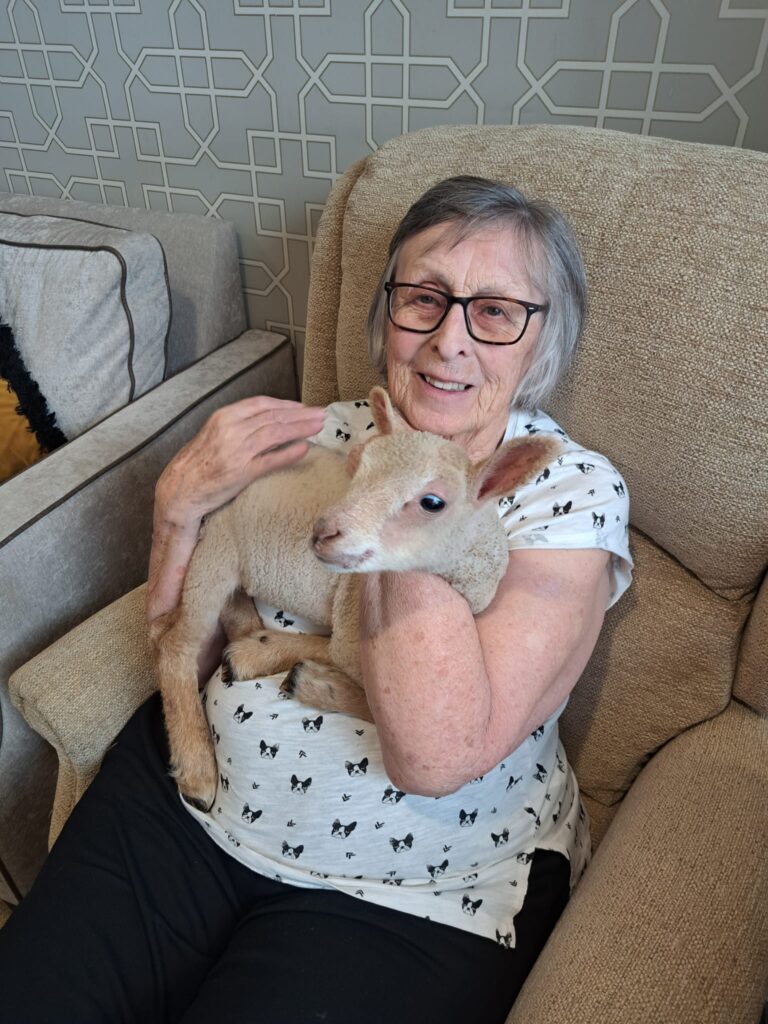
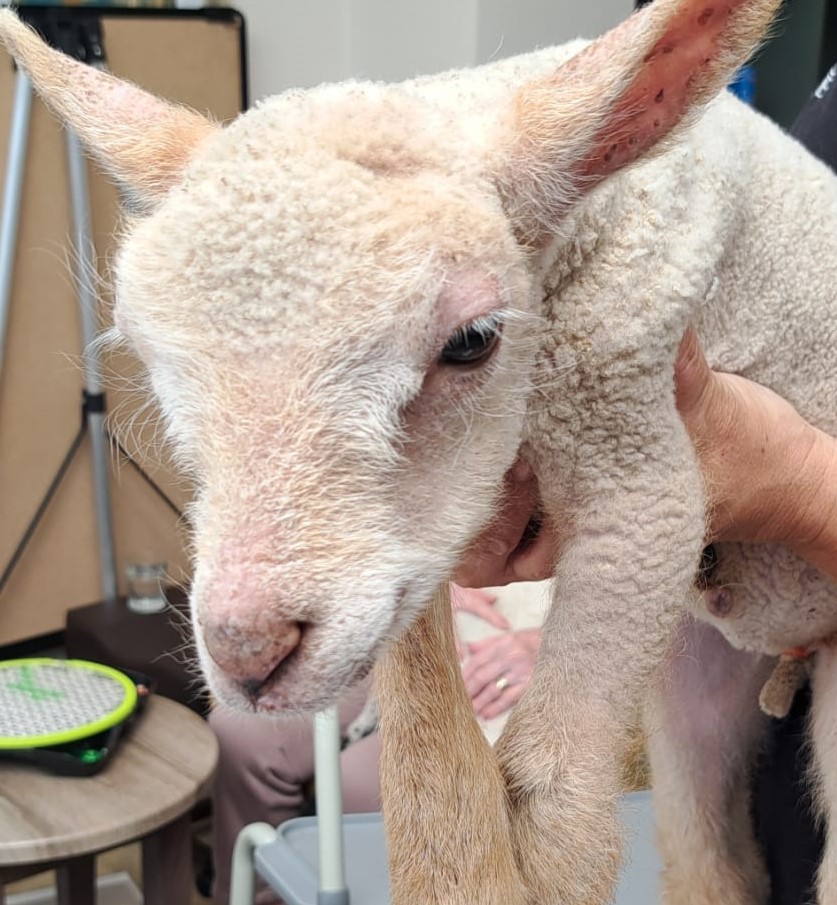
Benefits of Pet Therapy for Older Adults
1. Reducing Feelings of Isolation
Loneliness can be a real challenge in later life. Pets offer unconditional companionship, giving residents a sense of purpose and helping them feel less alone. After a pet therapy session, many residents continue talking about the experience, sparking conversations with staff and fellow residents, which strengthens the community spirit within the home.
2. Boosting Mental Stimulation
Animal interactions often trigger memories, particularly for residents who once had pets of their own. Someone who may struggle with recall in daily life might suddenly remember the name of their childhood dog or share stories about looking after animals years ago. This stimulation can be particularly beneficial for those living with dementia, as it supports cognitive function and helps maintain communication skills.
3. Supporting Emotional Wellbeing
Simply spending time with an animal can reduce stress and anxiety. Science shows that being around pets increases oxytocin and serotonin, the body’s natural “feel-good” chemicals, while lowering cortisol, which is linked to stress. Residents who may not engage easily in group activities often respond warmly to animals, creating an emotional connection that improves their overall wellbeing.
4. Encouraging Gentle Physical Activity
Pet therapy is not only about emotional comfort. Stroking a rabbit, throwing a ball for a dog or brushing a pony’s mane are all forms of gentle movement that help improve motor skills and coordination. Even small actions such as standing to greet an animal or walking short distances with a therapy dog can support mobility and encourage independence.
5. Lowering Blood Pressure and Promoting Relaxation
Research suggests that spending time with animals can help regulate blood pressure and promote relaxation. The calming effect of simply sitting with a dog or stroking a cat can improve cardiovascular health and reduce anxiety, making pet therapy a valuable addition to care home life.
Popular Animals in Pet Therapy
While dogs are the most common therapy animals, many different species can be involved, depending on the care home and resident preferences. Some popular options include:
Dogs – friendly, social and often trained as therapy companions
Cats – soothing and affectionate, offering calm companionship
Rabbits and guinea pigs – small, gentle pets ideal for stroking
Birds – parrots, cockatoos and smaller birds add colour and sound
Fish – aquariums provide a relaxing and visually stimulating experience
Ponies or farm animals – occasional visits from larger animals create excitement and joy
Each animal brings a unique benefit, whether it’s the comfort of a purring cat, the playfulness of a dog or the fascination of watching fish glide through water.
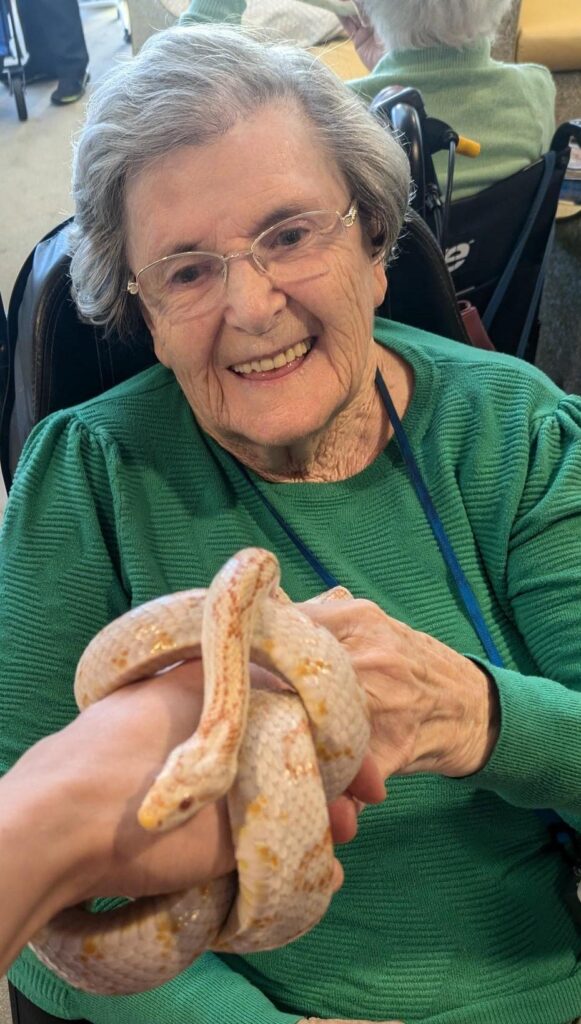
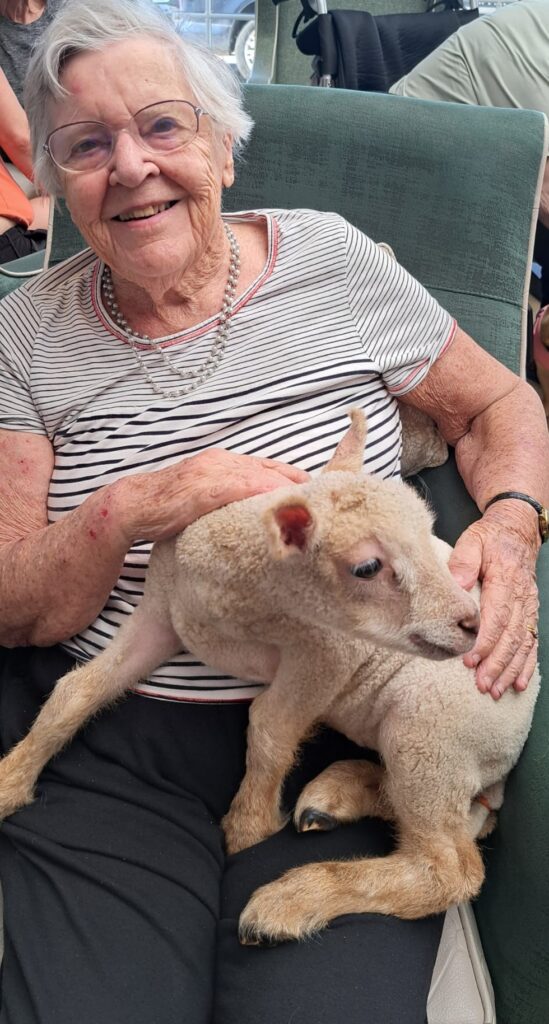

Pet Therapy in Daily Life at a Care Home
Pet therapy is often part of a wider activities programme that promotes social interaction, physical health and emotional wellbeing. In many homes, therapy animals visit regularly, becoming familiar faces that residents look forward to seeing. For some, it may be the highlight of their week, offering a chance to relax, reminisce and engage in something truly uplifting.
These sessions also encourage group participation. Residents often gather together to meet the animals, creating opportunities for conversation and shared experiences. This sense of community is as important as the therapy itself, strengthening friendships and supporting a happy home environment.
Why Pet Therapy Matters in Care Homes
Care homes today place great emphasis on providing not just care, but a fulfilling lifestyle. Pet therapy is one way of achieving this, as it brings comfort, fun and meaningful interaction into everyday life. It encourages residents to stay engaged, supports their health, and provides moments of joy that can have lasting effects long after the animal has left.
Pet Therapy at White House Care Home in Letchworth
At White House Care Home, we recognise how powerful pet therapy can be in enriching the lives of our residents. Alongside our full programme of activities, we welcome visits from a variety of animals to bring companionship, laughter and warmth to our home. Whether it is a gentle dog eager for cuddles, a playful rabbit or a colourful parrot, these visits are always met with smiles.
If you would like to learn more about the benefits of pet therapy or explore life at White House Care Home in Letchworth, please get in touch with our friendly team. We would be delighted to arrange a visit and show you how we combine exceptional care with a welcoming, homely environment.





